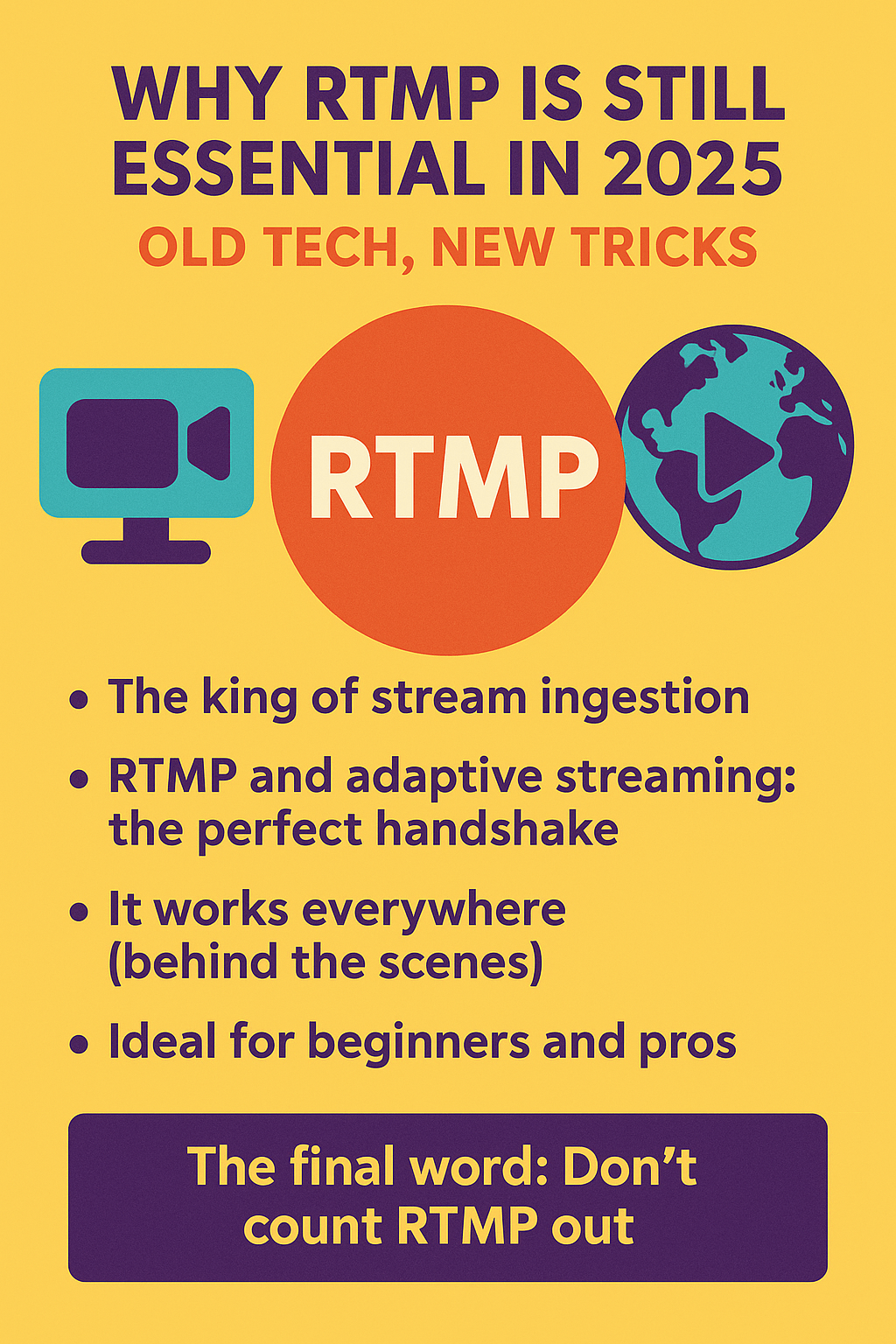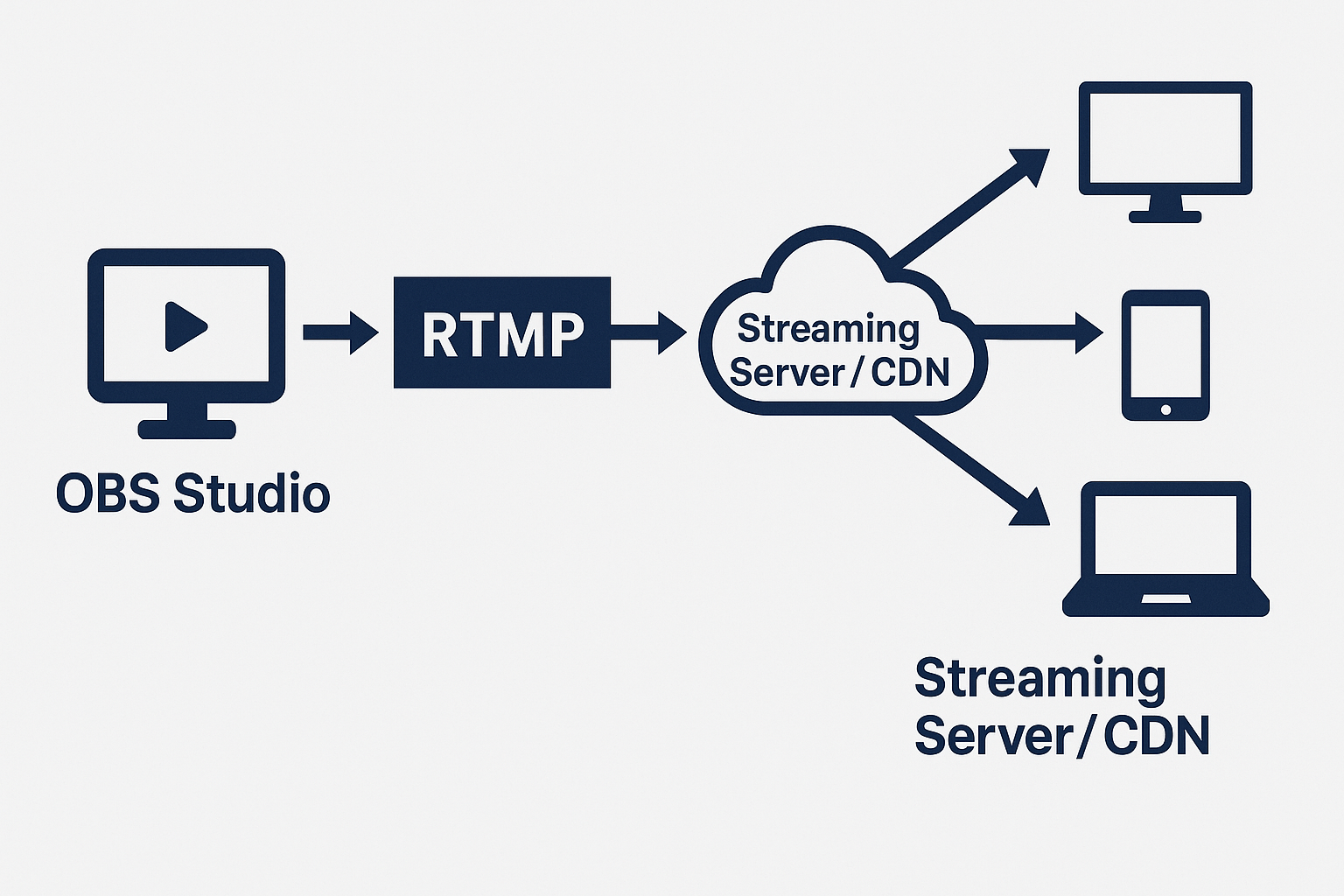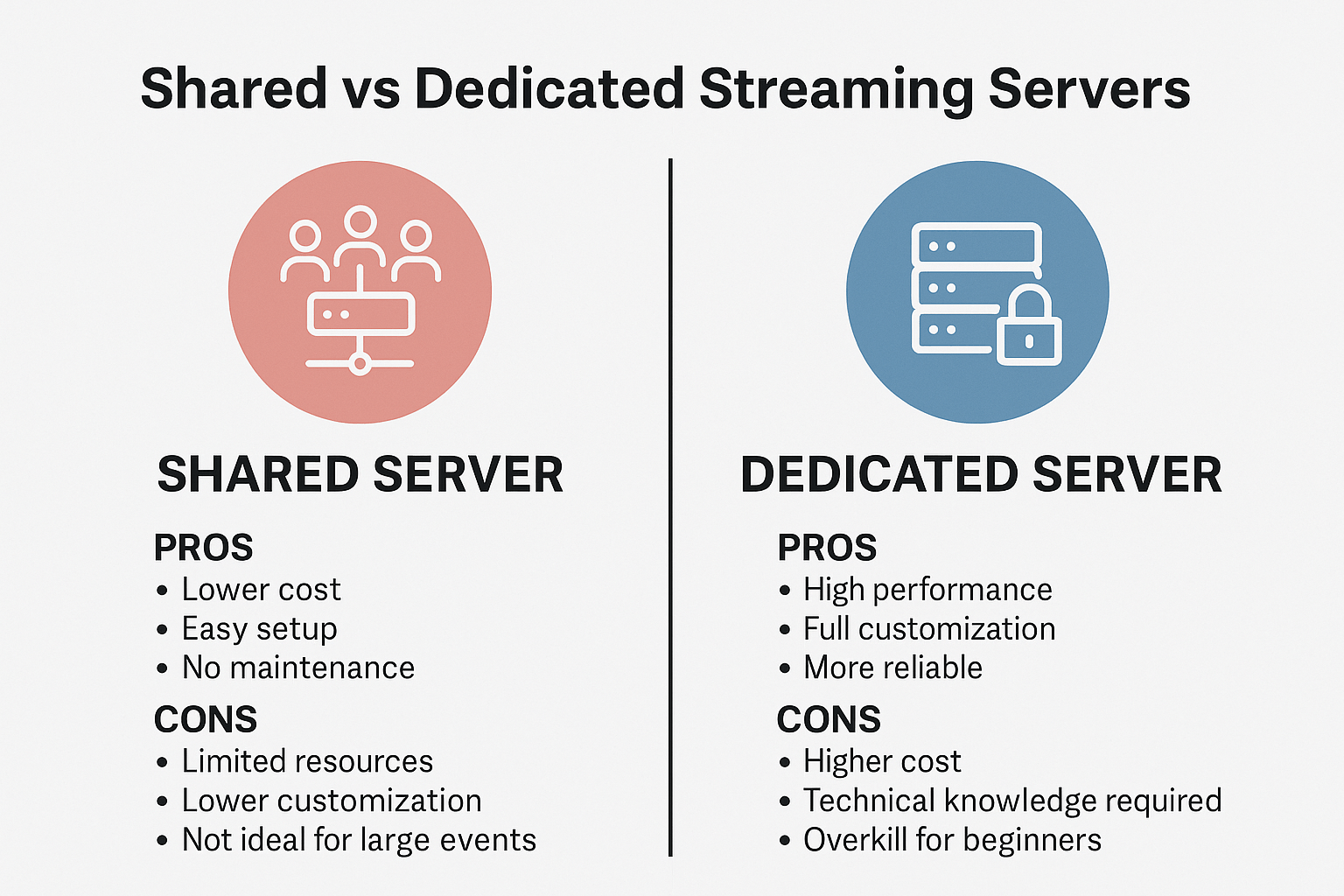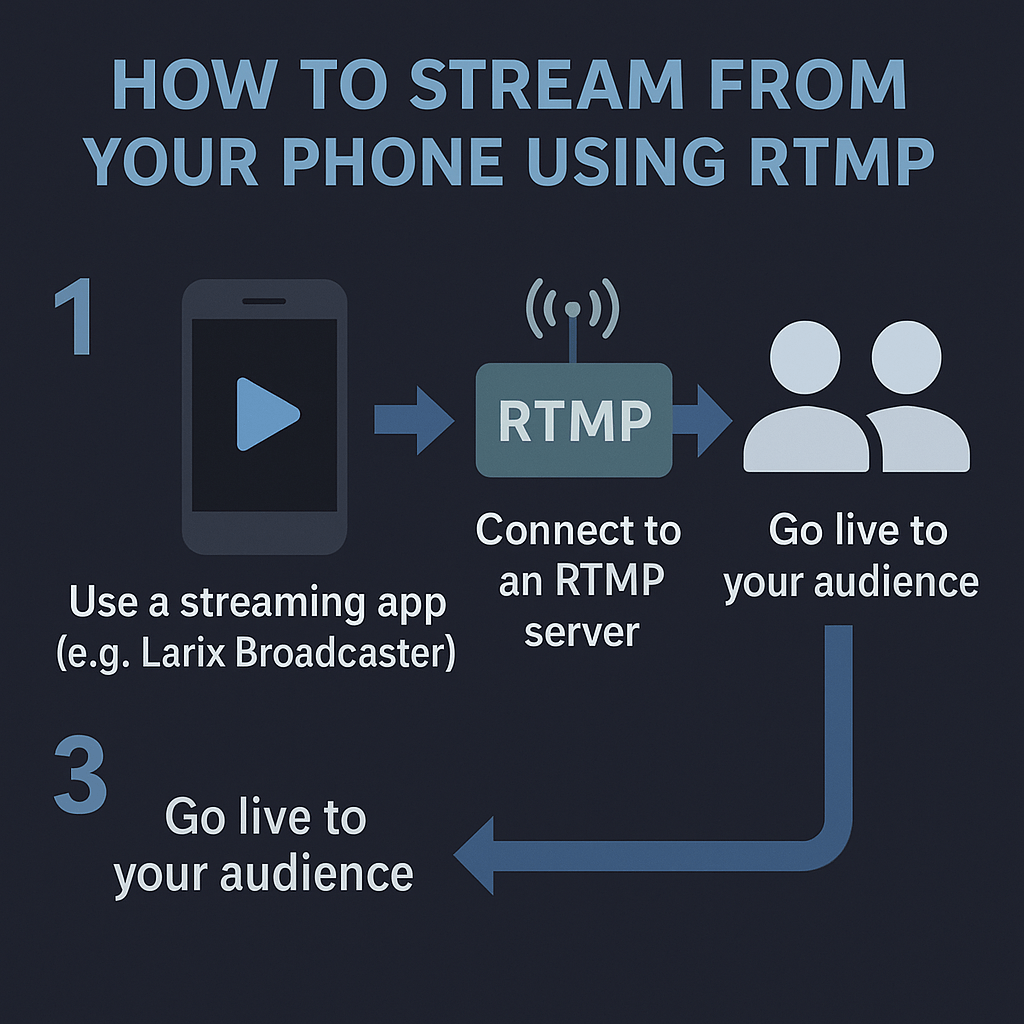In an era of ever-evolving streaming technology, it’s easy to assume that older protocols like RTMP (Real-Time Messaging Protocol) are obsolete. After all, Flash is long gone, HLS dominates mobile playback, and DASH is growing across HTML5 environments. But here’s the truth: RTMP is not dead. In fact, it’s still one of the most essential pieces in the modern live streaming puzzle.
Let’s look at why this legacy protocol continues to thrive in 2025—and why you probably still need it.
The king of stream ingestion
Modern streaming platforms like Wowza, Red5, and even Facebook Live still rely heavily on RTMP for one critical task: ingesting video streams from broadcasters. OBS Studio, vMix, XSplit, and similar tools all support RTMP as the primary way to send live video to servers. It’s lightweight, battle-tested, and offers low-latency delivery to the server.
If you’re building a live streaming platform or running your own RTMP server, chances are you’re using RTMP to receive the stream—before converting it into more modern formats like HLS or DASH for playback.
RTMP and adaptive streaming: the perfect handshake
Here’s where things get interesting. RTMP is often the first step in a chain that includes transcoding and adaptive bitrate delivery. The stream comes in via RTMP, then it’s split into different quality levels and delivered via HLS or DASH, depending on the viewer’s device and connection speed.
This hybrid model—RTMP ingestion and HLS/DASH playback—is the most common architecture for scalable, cross-device streaming in 2025.
It works everywhere (behind the scenes)
No, you won’t see RTMP working in the browser anymore. Flash is gone. But RTMP is still doing its job invisibly in the background. It’s the invisible pipe delivering content from the broadcaster to the infrastructure that makes playback possible.
Major CDN providers, streaming platforms, and even church services or indie musicians often rely on RTMP-compatible software to start the process. Whether it’s a mobile stream from Larix Broadcaster or a multicam setup using OBS and Nginx RTMP, the protocol’s role is critical even if viewers never see it.
Why not WebRTC?
You might ask: what about WebRTC? Isn’t that lower latency? Yes, it is—but it’s also more complex to scale and harder to integrate with CDN-based workflows. WebRTC is great for one-to-one calls, auctions, and real-time interactivity. But for general-purpose live streaming at scale, RTMP still beats it in terms of reliability, ease of use, and integration with encoding software.
Ideal for beginners and pros
RTMP’s simplicity is one of its greatest strengths. A basic RTMP server can be set up in minutes with Nginx and the right module. Broadcasters only need a URL and a stream key. No certificates, no ICE servers, no fancy setups.
For professionals, RTMP can be extended with advanced configurations, adaptive streaming setups, and ad insertion pipelines. For beginners, it just works.
RTMP + Wowza = professional edge
Platforms like Wowza take RTMP to the next level. They ingest RTMP streams, transcode them into multiple resolutions, and deliver via HLS and DASH to any screen. With Wowza, you can add features like:
- Stream security
- Geo-blocking
- VAST/VMAP ad support
- Cloud transcoding
- Live DVR and time-shifting
In other words, RTMP isn’t holding you back—it’s powering your flexibility.
The final word: Don’t count RTMP out
RTMP may not be flashy, but it’s stable, fast, and still widely used by the streaming industry. If you’re running a video platform, church stream, or e-learning service, RTMP is likely your silent partner—reliable and always working in the background.
As we move further into 2025 and beyond, flashy new protocols will keep emerging. But for now, RTMP is still essential. It’s the old tech with new tricks—and it’s not going anywhere.












